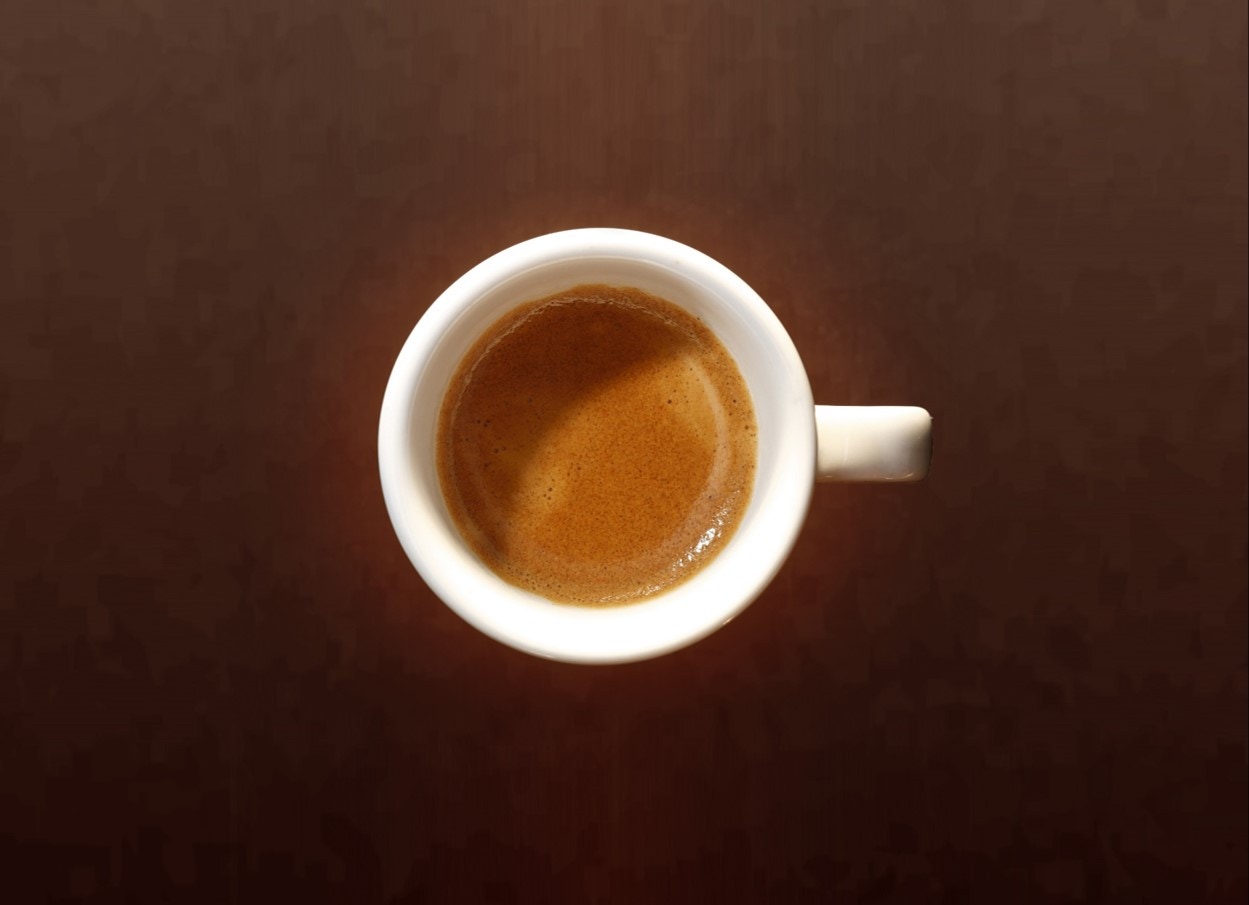
As the saying goes, “we eat with our eyes.” But when it comes to espresso crema, specialty coffee professionals understand that “pretty” doesn’t necessarily mean “delicious.” At the World Barista Championship, the judges’ sensory scoresheet reflects this. Crema is only evaluated based on whether it is present or not, with a simple “yes / no”. Other categories like sweetness, acidity, bitterness, weight, texture and finish are marked from low to high.
What is Crema?
When ground coffee comes into contact with hot water, microbubbles of carbon dioxide (CO2) are released. This happens whether your coffee is prepared as a pour over or as an espresso. With espresso, pressurized hot water is forced through finely ground coffee creating both crema and liquid. The espresso crema is comprised of microbubbles of CO2 gas that are suspended in water. The bubbles attach to the natural oils and fats present in coffee, then rise to the top of the beverage. The end result is a recognizable “Guinness” effect.
We spoke to Steven Moloney, 2016 and 2017 Swedish Barista Champion, to better understand espresso crema and whether or not its visual cues actually translate into a better tasting coffee.

When a choosing a coffee to serve as espresso, where do you begin?
Steven: As a barista on bar, I don’t usually get to choose the coffee. It is more about working with the coffee you get. As a competitor, I prefer to look for coffees that have a really good structure and a thick texture that will hold up well when brewed as espresso. The lighter, more delicate coffees tend to be harder to work with as espresso.
When you dial in a coffee as espresso, is evaluating crema a part of that process?
Steven: Crema can be an indicator of roast degree or freshness, but it doesn’t haven’t any direct correlation to how good the espresso will taste. When I train baristas, and personally, I work through a process: I first decide on the dose, then test out different volumes of espresso, and then finally make final adjustments with the grind size. I am always looking for 1) balance, 2) texture and 3) good and transparent flavours, in that order.
Does a beautiful crema mean that the coffee will taste great?
Steven: Nope! Roast level and freshness will impact how the coffee extracts and tastes. For example, you can roast a bad coffee to a dark roast degree and get a beautiful, thick, dense crema - and the espresso will still taste bad. Crema can be nice to look at, but it’s important to just concentrate on if the espresso is balanced. Notice how the different tastes work together. What does it feel like in your mouth (could you compare it to cream, skim milk, buttery sauce or dry black tea)? Are there any obvious flavours that jump out at you?
Any tips for ordering espresso at a café?
Steven: Every now and again you get a crazy good espresso that can only really work as espresso (and not as a filter coffee). So maybe just listen to your barista when they say. “You really, really need to taste this!”

